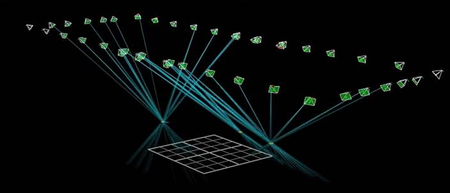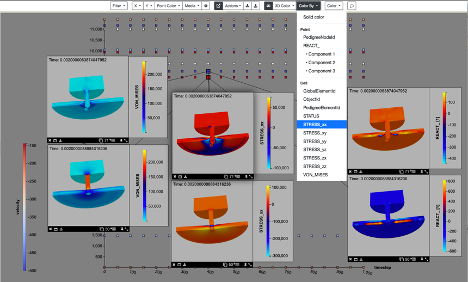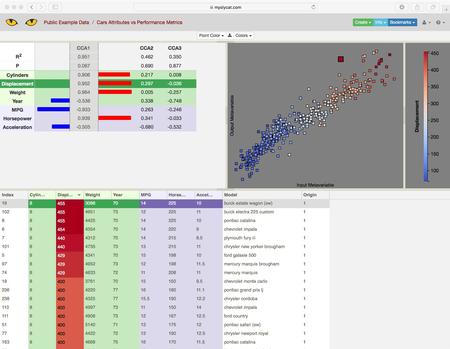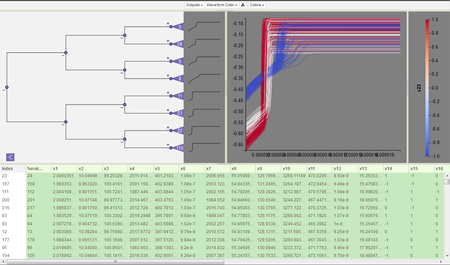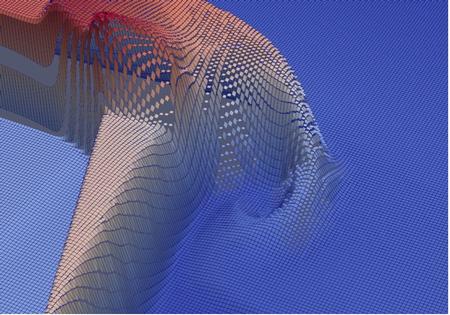Staff Page • Scalable System Software. Biography I am a Senior Member of Technical Staff in the Scalable System Software department of the Center for Computing Research (CCR). I research system software for next-generation extreme-scale systems. Specifically, I study the impact of system failures, and other sources of performance interference, on the execution...

